Part 71: Season 12. Yom Kippur War (A-4H Ahit)
Season 12. Yom Kippur War - Hump or Death (A-4H Ahit)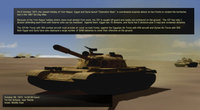
The new war is essentially the previous war in reverse. Aka the history of the Middle East. Or wars in general.
S11E01: 1973.10.06-07 (I Hate Sand)
1973.10.06
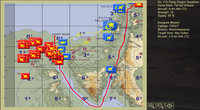
Recon? There's a lot of fighting we could help with, but they want to know just how bad things are.
Here's our suicide squad

And our little bird's feathers

I forgot to point out, that it's the 1972 model, but the Ahit in my mind exits only before and after the upgrade.
The mission video
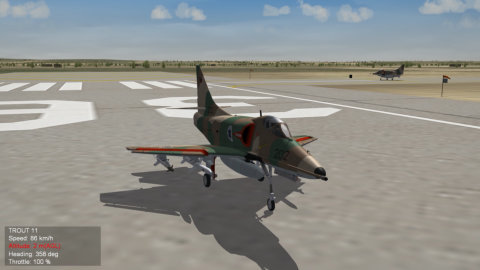
In which we get comfortable

It's a good idea to come armed to a "peaceful" recon flight.
1973.10.07
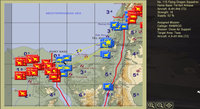
I'd expect the front line to give in a little, but our earlier success boosted the troop morale or something... Wait till we actually attack tanks.
The mission video

In which I ramble over a plate of fried tank crews

Meh... Although, Dagan is getting impressive scores. Now look at the roster, and see how his stats compare to the stats of the other two pilots.
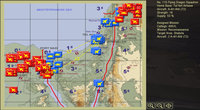
More recon? Can I just write "There's a fuckton of Egyptians there" and save us a load of fuel and ordnance?
The mission video
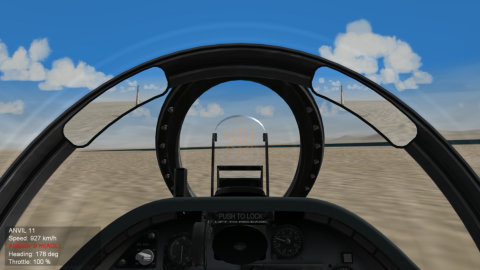
In which the Skyhawk is a grazing animal

Dagan takes a day off in the middle of a firefight.
P.S.
This has to be included
punakone posted:
Cant wait to get to the skyhawk, why is it so small
The Casualty posted:
When the US Navy sought replacements for its A-1 Skyraiders, huge propeller-driven beasts with 50ft. wingspans, 8,000lb bomb loads, and a max speed of only 322mph, Douglas Aircraft decided to try something radical. The Skyraider was a close air support platform, meaning that its top priorities are bomb load, toughness, and loiter time. Normally these three priorities require a large plane to carry all that weight, one which is heavily armored and carries a lot of fuel. Douglas, instead, created a design based on the following principles:
-As small as possible. If the wingspan was low enough, folding wings were no longer necessary, and the wings could be strengthened to carry freakish payloads instead. They decided to go with a delta wing and cruciform tail, for the best compromise between performance and surface area relative to wingspan. To get around the low fuel capacity, the aircraft was capable of air refueling, and two drop tanks were almost always carried. (in fact, by design, the drop tanks were also there to cushion a wheels-up landing so that the plane could be immediately returned to service). The Skyhawk couldn't necessarily circle the battlefield for as long as the venerable A-1, but it actually had a slightly longer operational range, could do everything else faster, and remain in the AO indefinitely with air refueling.
-As simple and reliable as possible. No elaborate radars or avionics, no afterburner. Easy to fix and service. The Skyhawk would become legendary for toughness. This had the added benefit of making the aircraft desirable by foreign countries, and it was a smash hit on the export market for decades.
-As light as possible. Many design innovations were made to reduce the takeoff weight, which would reduce the size of engine they'd need. The landing gear was designed to fold into fairings attached to the wings, instead of folding into the wings themselves, which would have required heavier materials to reinforce the aircraft. This lightness also translated into maneuverability; the A-4 was so nimble that it found a second home at aggressor squadrons, demonstration teams, and as a daytime patrol fighter in smaller militaries.